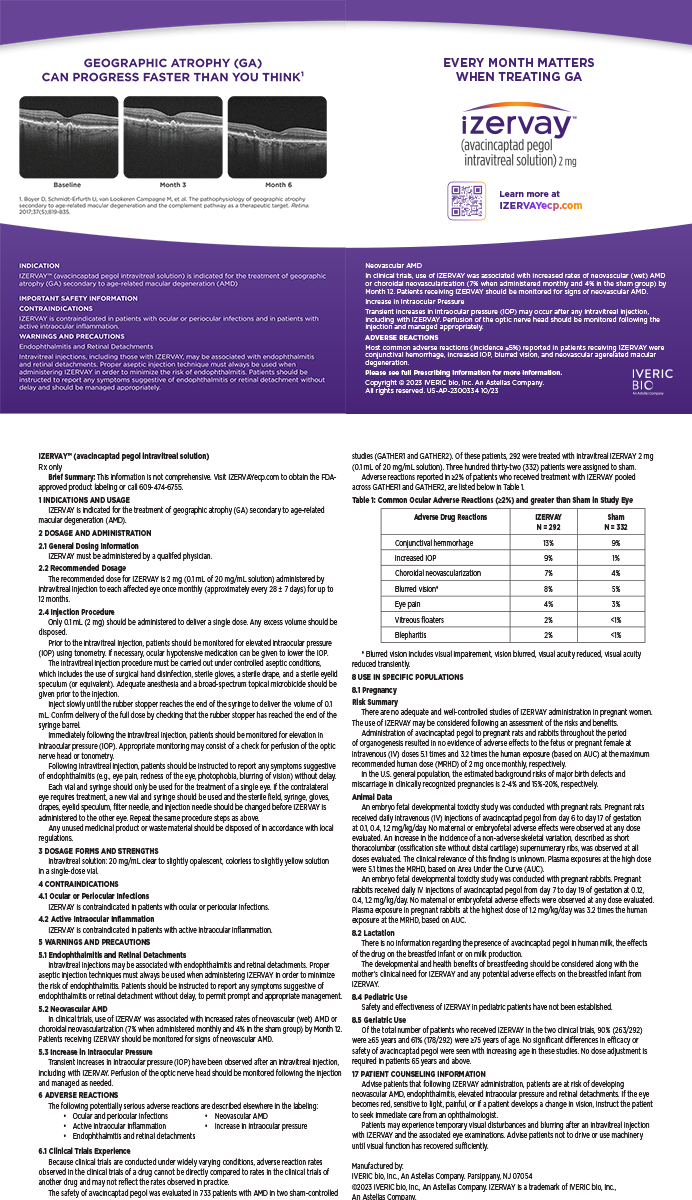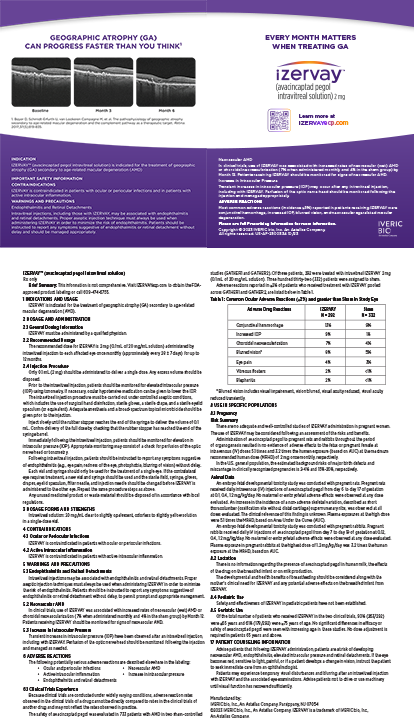When dealing with a challenging case, it is important to have a strategy that enables surgery to proceed smoothly. Identifying a shallow anterior chamber preoperatively allows you to take the appropriate steps during the procedure to avoid complications.
PREOPERATIVE EVALUATION
When examining patients in the office, check for a visibly shallow anterior chamber. Typically, patients who have shallow anterior chambers will be hyperopes. Keep in mind, however, that some patients who were originally hyperopic may have experienced a myopic shift due to advanced nuclear sclerosis. Assess the patient for narrow angles and perform a preoperative prophylactic iridotomy if necessary. Alternatively, the patient may have advanced nuclear sclerosis, resulting in an enlarged lens that crowds his anterior chamber.
In general, an eye with a shallow anterior chamber also has a shorter axial length, so performing preoperative ultrasound is an important diagnostic tool. This article does not address the nanophthalmic eye (axial length 14.0 to 17.0 mm), which is also difficult to manage.
INTRAOPERATIVE CHALLENGESSoftening the Eye
When operating on an eye that has a shallow anterior chamber and/or a short axial length, I find it useful either to massage the eye or to apply a Honan balloon (Katena Products, Inc., Denville, NJ) immediately prior to commencing surgery. Both methods usually soften the eye and, after the injection of viscoelastic devices into the anterior chamber, facilitate the surgical manipulation of the anterior segment.
Depending on how short the eye is (or how shallow the chamber is), I will decide whether or not the vitreous requires decompression. I generally decompress the vitreous if injecting viscoelastic agents does not deepen the anterior chamber adequately to allow me to maneuver instruments easily in the anterior segment. Although there are several methods for decompressing the vitreous, I believe that a proper posterior vitrectomy setup is the best approach in this situation. More recent advancements with 25-gauge vitrectomy systems (Millennium Transconjunctival Standard Vitrectomy 25 System; Bausch & Lomb Surgical, Inc., San Dimas, CA) allow decompression of the vitreous without the use of sutures. Another option is to use a 20-gauge needle and a syringe to aspirate vitreous, but this method is less desirable because vitreous traction is likely to occur. Usually, removing 1 to 2 mL of vitreous will allow the lens to fall back and thereby create more room in the anterior chamber.
Decompressing the vitreous has become less important since the advent of new viscoadaptive agents. Healon5 (Pfizer Inc., New York, NY), for example, is superior at maintaining spaces and therefore allows compartmentalization of the anterior chamber. These agents also ensure anterior chamber stability during the creation of the wound and capsulorhexis. If you have any concern with regard to corneal integrity, you may add a viscodispersive agent such as Viscoat (Alcon Laboratories, Inc., Fort Worth, TX) in order to coat the corneal endothelium.
Wound Architecture
It is important to pay particular attention to wound construction in these cases. In shorter eyes, a longer, shelved corneal wound placed more anteriorly helps to avoid iris prolapse and maintain anterior chamber stability throughout the procedure.
Phacoemulsification
My preferred technique is quick chop. I find it best to keep the phaco needle in the bag or at the iris plane throughout the procedure; this technique minimizes thermal damage to the corneal endothelium. Be cautious regarding the posterior capsule and raise the bottle height to increase the anterior chamber depth. Ideally, you should vary the vacuum throughout the procedure and titrate it according to the fluidics of the phaco system and the stability of the anterior chamber. I use the Millennium Microsurgical System (Bausch & Lomb Surgical, Inc.) in a vacuum-based mode and have had great success at controlling the fluidics of the anterior chamber through linear movement of the foot pedal. I only use high vacuum in these eyes when the phaco tip is fully occluded (Figure 1A). Once occlusion is broken, I reduce the vacuum to a level that efficiently removes the segment while carefully maintaining a stable anterior chamber (Figure 1B). My vacuum power varies from 165 to 325 mm Hg, and I adjust my bottle height to between 125 and 130 cm above the eye.
Regardless of the phacoemulsification system employed, it is important to adjust your parameters (eg, use lower flow and vacuum settings) in order to maintain the stability of the anterior chamber and posterior capsule. Avoiding chamber surge and bounce reduces the likelihood of posterior capsular tears. If at any point I feel it is too dangerous to remove a piece of nucleus, I will use a viscoelastic agent to float the nuclear segment into the iris plane where I can remove it safely.
Aspirate the cortex in a controlled manner by again raising the bottle height to a level that maintains anterior chamber stability and reduces posterior capsule fluctuations.Final Steps
After inserting the IOL (preferably into the capsular bag) and removing any viscoelastic, I find it useful to inject Miochol-E (CIBA Vision, Duluth, GA) into the anterior segment in order to constrict the iris and move it away from the wound. Check the incision to verify that there is no leakage and to ensure maintenance of the proper anterior chamber depth. If you have any doubt on either score, place a suture at the end of the case. You can usually remove it within 1 week.
CONCLUSIONS
An eye with a shallow anterior chamber and/or short axial length poses unique surgical challenges. Your first step is to identify these risk factors as early as possible (preferably preoperatively). Appropriate and vigilant use of decompression, proper wound construction, newer viscoelastics, and suitable phacoemulsification parameters aimed at maintaining anterior chamber stability will significantly reduce the likelihood of potential complications (and surgeon stress) during cataract extraction in these eyes.


